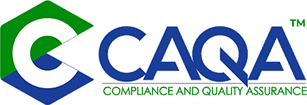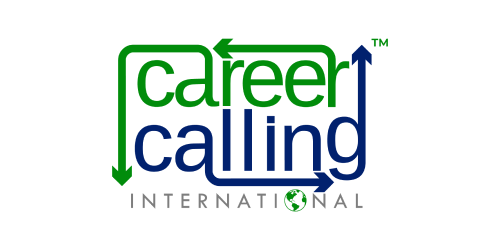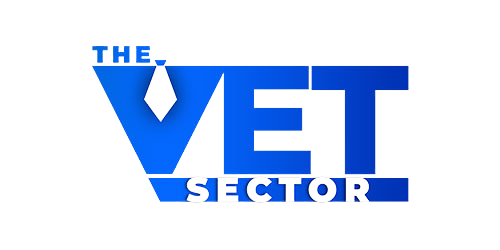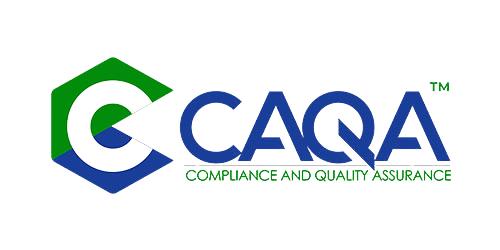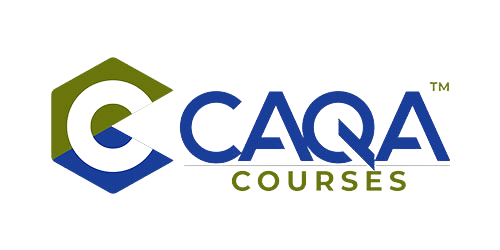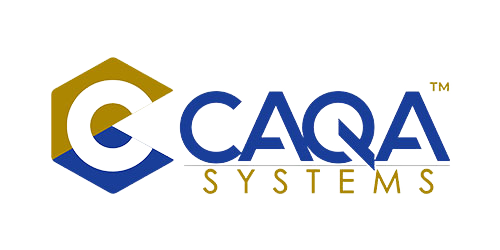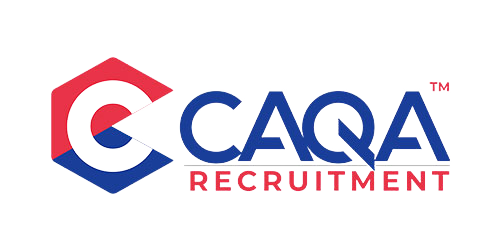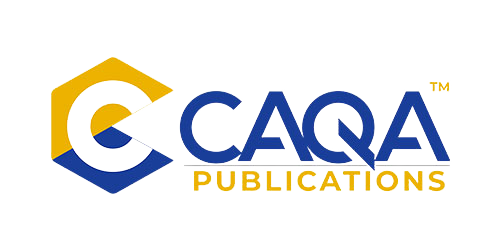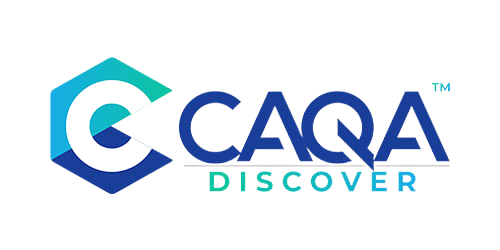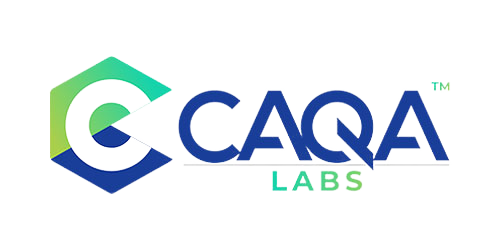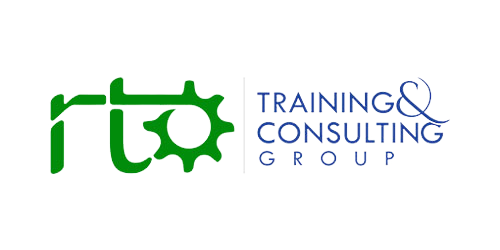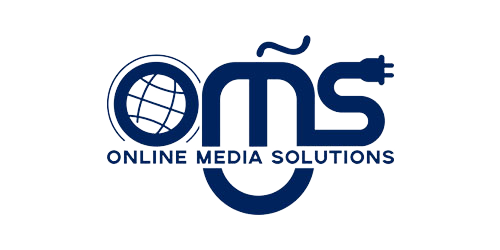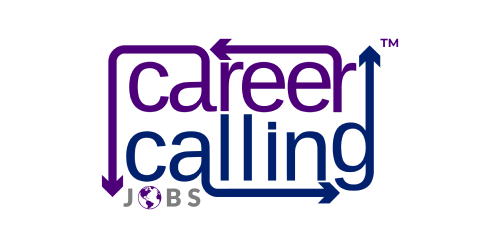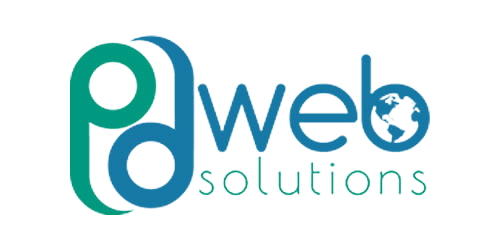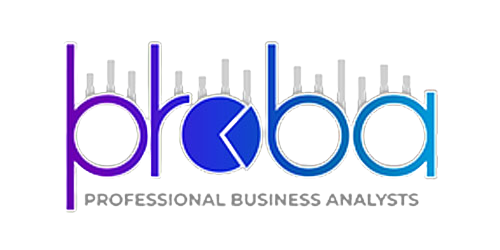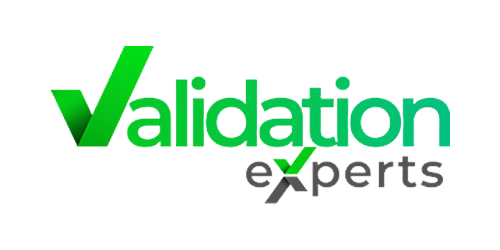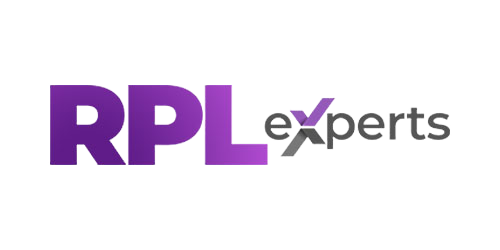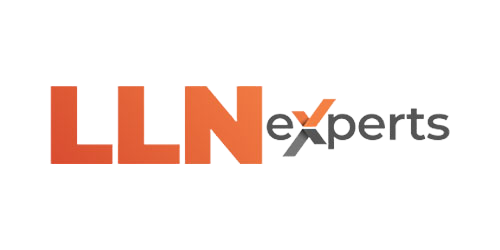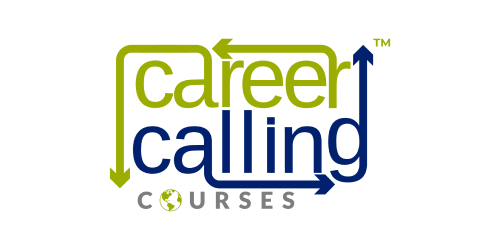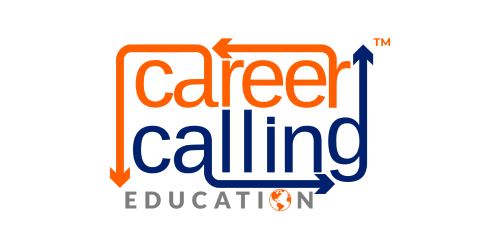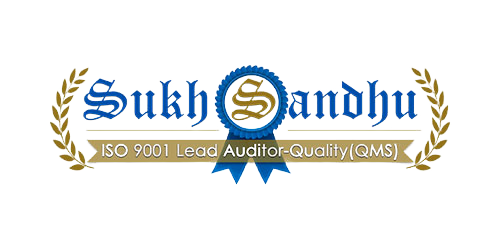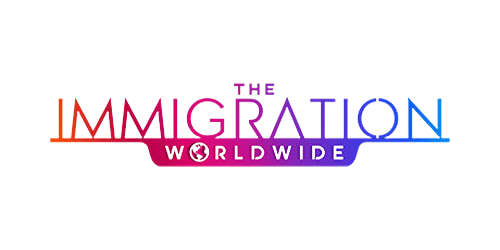THE ALL-STAFF MANDATE: COMPLIANCE IS NO LONGER JUST FOR TRAINERS
The 2025 Standards for RTOs herald a seismic shift in workforce management that extends far beyond the training room. For the first time, compliance requirements encompass every individual in the organisation—from reception staff and administrators to support personnel, managers, and executives. This revolutionary expansion from the previous standards' narrow focus on trainers and assessors (primarily in clauses 1.13–1.16) represents nothing less than a fundamental reconceptualisation of how quality and compliance are understood, implemented, and maintained throughout registered training organisations.
This whole-of-workforce approach reflects a profound recognition that quality education doesn't begin and end with classroom delivery. Every interaction a student has with an RTO—from that first phone call to a receptionist through to certificate issuance—shapes their experience and contributes to educational outcomes. The standards now explicitly require "appropriate staffing and support across all operational areas," acknowledging that administrative efficiency, accurate information provision, responsive student support, and effective management are as crucial to quality outcomes as technical training expertise. The implications for RTO operations are transformative: compliance is no longer a specialised function relegated to trainers and compliance managers but an organisation-wide responsibility that requires strategic leadership, comprehensive staff development, and integrated systems.
For many RTOs, this shift will demand not just procedural adjustments but a complete cultural transformation. Organisations where compliance has been treated as the exclusive domain of designated specialists must now create shared understanding, responsibility, and capability across every role and level. This cultural evolution cannot be achieved through policy updates alone but requires sustained leadership commitment, strategic communication, and comprehensive staff development. The RTOs that thrive under the 2025 Standards will be those that recognise workforce management not as a compliance burden but as a strategic opportunity to enhance organisational capability, improve student experiences, and deliver superior educational outcomes.
THE PROFESSIONAL DEVELOPMENT EXPANSION: BUILDING CAPABILITY BEYOND THE CLASSROOM
Perhaps the most consequential aspect of this workforce revolution is the explicit requirement for ongoing professional development opportunities for all staff, not just trainers and assessors. This expanded mandate recognises that sustainable quality and compliance are only possible when everyone in the organisation understands relevant standards, their implications, and how they apply to specific roles and responsibilities. The days when only compliance specialists needed to understand regulatory requirements are decisively over; now, every staff member must develop appropriate compliance knowledge and skills relevant to their position.
This professional development expansion demands a strategic, differentiated approach that addresses the specific compliance knowledge and capability needs of diverse roles. Administrative staff require an understanding of record-keeping requirements, privacy obligations, and information accuracy standards. Student support personnel need detailed knowledge of wellbeing provisions, support documentation, and referral pathways. Managers and executives must comprehend governance requirements, risk management obligations, and leadership accountabilities. While the depth and focus of compliance knowledge necessarily vary across different positions, the underlying principle is consistent: everyone must understand how standards apply to their particular role and responsibilities.
Position descriptions become critical compliance documents under this expanded professional development mandate. The standards now require explicit documentation of compliance responsibilities for every role—a requirement that forces RTOs to think systematically about how different positions contribute to overall compliance and quality outcomes. This documentation serves multiple purposes: it clarifies expectations for current staff, guides recruitment and induction processes for new employees, and provides evidence of organisational compliance architecture during regulatory audits. Most importantly, it eliminates the "compliance is someone else's job" mentality that has undermined quality in some organisations, replacing it with clear individual accountability at every level.
THE IMPLEMENTATION IMPERATIVE: PRACTICAL APPROACHES TO ALL-STAFF DEVELOPMENT
Translating the all-staff professional development mandate into practical implementation requires strategic planning, systematic execution, and comprehensive documentation. RTOs must develop and document multi-level professional development programs that build appropriate compliance capability across all organisational roles while maintaining operational effectiveness and resource efficiency. This is not a small task, but approached systematically, it becomes manageable and potentially transformative for organisational culture and performance.
A foundational approach involves establishing tiered compliance training that addresses core shared knowledge while providing role-specific depth where needed. All staff should receive basic orientation to the standards, their purpose, and their connection to both regulatory requirements and good business practice. This foundational training creates a shared language and understanding across the organisation, enabling more effective cross-functional collaboration and consistent compliance messaging to students and stakeholders. Beyond this foundation, targeted modules should address specific requirements for different functional areas—student support staff focus on support provisions, administrative personnel on information and record-keeping requirements, leadership on governance and risk management obligations.
Documentation of professional development becomes critically important under the 2025 Standards, serving not just as compliance evidence but as a strategic tool for workforce capability planning. RTOs must maintain comprehensive records of all compliance-related development activities, capturing not just attendance but evidence of knowledge acquisition and application in practice. These records should link professional development to specific compliance requirements and position responsibilities, creating clear evidence trails for regulatory audits while supporting internal quality assurance and continuous improvement processes.
One common implementation gap identified in sector experience is the frequent exclusion of senior leadership from compliance professional development. Even CEOs or executive managers sometimes operate under the assumption that compliance knowledge is solely the responsibility of designated specialists, creating dangerous blind spots in organisational governance and decision-making. The 2025 Standards specifically address this gap by requiring that leadership personnel understand their compliance obligations and legal responsibilities. This is particularly critical given the expanded leadership accountability provisions in the standards, which place unprecedented responsibility on governing persons for organisational compliance and quality outcomes.
THE INDUSTRY EXPERT REVOLUTION: LEVERAGING SPECIALISED KNOWLEDGE WHILE MAINTAINING QUALITY
One of the most significant innovations in the 2025 Standards is the formalisation of provisions for engaging industry experts in training delivery, even those without formal training qualifications like the Certificate IV in Training and Assessment. This revolutionary change acknowledges both the value of specialised industry expertise and the persistent challenges many RTOs face in finding trainers who possess both deep industry knowledge and formal teaching credentials. By creating explicit pathways for industry experts to contribute under appropriate supervision, the standards enable more flexible, industry-relevant training delivery while maintaining quality and compliance safeguards.
The practical implementation of these industry expert provisions requires careful planning, documentation, and oversight. RTOs are encouraged to establish and maintain formal registers or matrices of industry experts, documenting the specific skills, knowledge, and experience that qualify these individuals as subject matter specialists. This documentation must go beyond generic credentials to articulate why particular individuals are recognised as experts in specific content areas—whether through years of industry practice, specialised certifications, recognition by industry bodies, or other relevant indicators of expertise. This detailed documentation serves both compliance and quality purposes: it provides evidence for regulatory audits while ensuring that expert engagement decisions are made systematically rather than opportunistically.
Supervision arrangements represent a critical compliance element when engaging industry experts. The standards are clear that while experts may deliver specialised content, they must work under the direction and supervision of qualified trainers and assessors. Similarly, while experts may participate in assessment processes, they cannot make independent assessment judgments but must engage in co-assessment alongside qualified personnel. These requirements create important quality safeguards while still allowing RTOs to leverage specialised expertise that might otherwise be inaccessible. The supervision model also creates valuable professional development opportunities, allowing experts to share industry knowledge while qualified trainers provide pedagogical guidance and compliance oversight.
One particularly forward-thinking recommendation is for RTOs to develop policies and procedures for industry expert engagement, even if they don't currently utilise this approach. This preparation acknowledges the dynamic nature of industry requirements and workforce availability, positioning organisations to respond quickly when specialised expertise becomes necessary for new qualifications or evolving industry practices. By establishing frameworks in advance, RTOs can maintain compliance readiness while creating strategic flexibility to meet emerging training needs or take advantage of expert availability when it arises unexpectedly.
THE CO-ASSESSMENT MODEL: BALANCING EXPERTISE WITH COMPLIANCE
The co-assessment provisions for industry experts create particularly interesting opportunities and challenges for RTOs. This approach—where industry specialists participate in assessment alongside qualified assessors—represents a balanced solution to a persistent sector dilemma: how to incorporate cutting-edge industry knowledge into assessment processes while maintaining assessment integrity and regulatory compliance. The model recognises that valid assessment often requires both pedagogical expertise (understanding assessment principles and practice) and industry expertise (recognising current workplace standards and practices), which may not always be found in a single individual.
Implementing effective co-assessment requires careful planning and documentation. RTOs must clearly define the respective roles and responsibilities of qualified assessors and industry experts in the assessment process, ensuring that final assessment judgments remain the responsibility of qualified personnel while industry input informs these judgments appropriately. Documentation should capture not just who participated in the assessment but also how different perspectives were synthesised to reach final determinations of competence. This documentation provides important evidence of both compliance with supervision requirements and the authentic industry relevance of assessment judgments.
Beyond compliance considerations, the co-assessment model offers significant potential benefits for training quality and staff development. Industry experts bring current workplace standards and practices into assessment settings, helping to ensure that judgments reflect genuine occupational requirements rather than isolated educational standards. Qualified assessors gain exposure to evolving industry practices, enhancing their own currency and capability. Students benefit from assessment that authentically reflects workplace expectations while maintaining educational rigour and fairness. When implemented thoughtfully, co-assessment becomes not just a compliance mechanism but a powerful tool for continuous improvement and industry alignment.
The co-assessment approach also addresses practical workforce challenges in the VET sector. By allowing workload distribution between qualified assessors and industry experts, it can help alleviate the burden on trainers who might otherwise be overwhelmed by assessment responsibilities across multiple qualifications or student cohorts. This workload management benefit is particularly significant in specialised fields where qualified trainers are in short supply or where assessment volumes fluctuate seasonally. By creating more sustainable workload models, co-assessment can support both staff wellbeing and assessment quality—a conjunction of benefits that aligns perfectly with the 2025 Standards' holistic approach to workforce management and educational outcomes.
THE POLICY IMPERATIVE: DOCUMENTATION AS STRATEGIC PREPAREDNESS
The 2025 Standards create significant new documentation requirements related to workforce management, extending far beyond the trainer matrices and qualification records typical under previous regulatory frameworks. RTOs must now document workforce management policies and procedures that encompass all staff roles, professional development approaches, supervision arrangements for industry experts, co-assessment protocols, and capability mapping against training products. This documentation burden is substantial but serves important strategic purposes beyond mere compliance evidence—it forces organisations to think systematically about workforce capability, create transparent processes for quality assurance, and prepare for potential future needs even if they don't exist in current operations.
One particularly important documentation requirement involves policies and procedures for engaging industry experts, which RTOs are encouraged to develop even if they don't currently utilise this approach. This preparation acknowledges the dynamic nature of industry requirements and workforce availability, positioning organisations to respond quickly when specialised expertise becomes necessary for new qualifications or evolving industry practices. By establishing frameworks in advance, RTOs can maintain compliance readiness while creating strategic flexibility to adapt to changing circumstances without compromising quality or regulatory conformity.
Policy documentation should not be approached as a mere compliance exercise but as an opportunity for strategic thinking and organisational development. Well-crafted policies articulate not just what will be done but why and how, creating clarity for staff, consistency in implementation, and evidence of thoughtful engagement with regulatory requirements rather than mechanical box-ticking. Policies should be tailored to the specific size, scope, and operational context of each RTO rather than adopted as generic templates; this contextualization demonstrates genuine engagement with requirements and creates more effective guidance for organisational practice.
The standards emphasise that policies must be living documents—regularly reviewed, updated as needed, and actively implemented throughout the organisation. This approach contrasts sharply with the "set and forget" mentality that has characterised some compliance documentation in the past, where policies exist on paper but have minimal impact on actual practice. Under the 2025 Standards, auditors will increasingly look for evidence not just that appropriate policies exist but that they are understood by staff, consistently applied in practice, and regularly reviewed for continuing relevance and effectiveness.
THE SELF-ASSURANCE INTEGRATION: WORKFORCE QUALITY AS ORGANISATIONAL RESPONSIBILITY
The workforce management provisions of the 2025 Standards align directly with their broader emphasis on self-assurance and proactive quality management. RTOs are expected not just to comply with minimum workforce requirements but to implement systematic approaches for ensuring workforce quality across all operational areas—from recruitment and induction through ongoing professional development to performance management and succession planning. This self-assurance approach requires regular internal review of workforce capability, gathering feedback from staff, students, and industry, and using this data to drive continuous improvement in workforce management practices.
Practice guides released by ASQA specifically address VET workforce management, outlining known risks and expected quality outcomes. These guides provide valuable resources for RTOs developing self-assurance systems that address workforce quality, identifying common risk areas and suggesting approaches for monitoring and improvement. By aligning internal self-assurance processes with these regulatory guides, RTOs can enhance both compliance readiness and workforce capability, creating virtuous cycles of continuous improvement rather than reactive responses to identified deficiencies.
Risk management emerges as a critical component of workforce self-assurance, with RTOs expected to identify and address potential risks related to staffing levels, capability gaps, succession planning, and professional development needs. This risk-based approach allows organisations to focus resources where they will have the greatest impact on quality and compliance outcomes, addressing high-priority workforce risks before they manifest as operational problems or compliance deficiencies. By integrating workforce risk management with broader organisational risk frameworks, RTOs can create more coherent, effective approaches to quality assurance across all aspects of their operations.
The self-assurance approach to workforce management represents a significant opportunity for RTOs to move beyond compliance minimalism to genuine organisational excellence. By treating workforce capability as a strategic asset rather than a compliance obligation, organisations can enhance both educational quality and operational effectiveness while simultaneously strengthening their compliance position. This alignment between compliance requirements and strategic priorities enables more efficient resource allocation, more effective implementation, and more sustainable quality outcomes over time.
CONCLUSION: THE CULTURAL TRANSFORMATION IMPERATIVE
The workforce management provisions of the 2025 Standards signal nothing less than a cultural transformation imperative for Australia's RTOs. By expanding compliance responsibilities to encompass every staff member, formalising industry expert engagement, mandating professional development across all roles, and emphasising self-assurance rather than external validation, the standards demand fundamental shifts in how organisations conceptualise, implement, and evidence quality and compliance throughout their operations. This is not a minor adjustment but a revolutionary reconceptualisation of the relationship between workforce capability and educational quality.
RTOs that approach these changes as mere technical requirements to be satisfied through documentation updates will miss both the compliance reality and the strategic opportunity embedded in the new standards. The whole-of-workforce approach is not about paperwork but about organisational culture—creating shared understanding, responsibility, and capability across every role and level. This cultural transformation requires sustained leadership commitment, strategic communication, and comprehensive staff development—investments that go far beyond policy drafting to address the fundamental ways in which organisations operate and staff understand their roles in quality and compliance.
The strategic opportunity is clear: by embracing the workforce revolution embedded in the 2025 Standards, RTOs can create more capable, engaged, and effective organisations that deliver superior educational outcomes while maintaining robust compliance. By developing all staff—not just trainers—as compliance partners, leveraging industry expertise through formal engagement mechanisms, and implementing holistic self-assurance approaches, organisations can transform regulatory requirements into strategic advantages. The future belongs to those RTOs that recognise workforce management not as a compliance burden but as the foundation of educational excellence and organisational success in an increasingly complex and demanding sector landscape.
